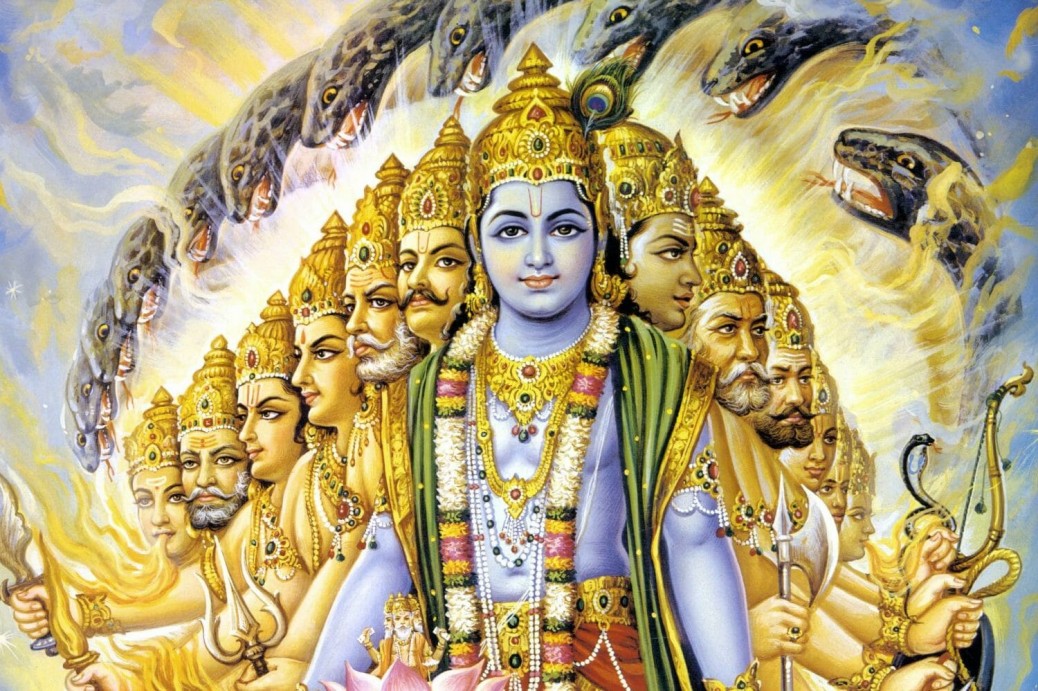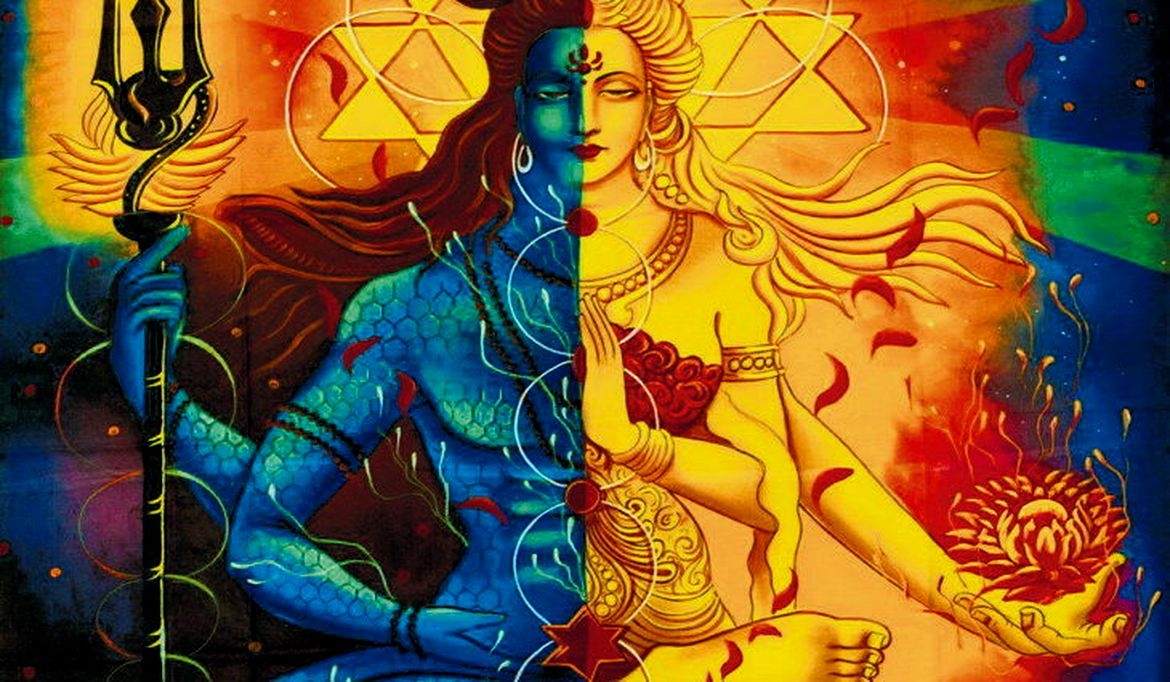Sinless – In Gita Verse 3.3 The Supreme Personality of Godhead said: O sinless Arjuna, I have already explained that there are two classes of men who try to realise the self. Some are inclined to understand it by empirical, philosophical speculation, and others by devotional service.
In Bhagavad Gita Verse 3.3, Krishna explains to Arjuna that there are two primary paths for self-realisation: the path of knowledge (Gyan Yoga) and the path of selfless action (Karma Yoga). Krishna addresses Arjuna as “sinless,” a term that holds deep psychological significance. This address is intended to reassure Arjuna and alleviate his inner turmoil, setting the stage for a deeper understanding of the paths to self-realisation.
The term “sinless” is not merely a casual reference; it is a profound psychological tool. Psychology suggests that the more guilt and crime occupy the mind, the more it wavers and becomes indecisive. By addressing Arjuna as sinless, Krishna aims to stabilise his mind and eliminate his hesitation. This psychological approach is similar to the process of repentance and atonement in Christianity, where confessing one’s sins leads to a sense of liberation from them.
The concept of sin and its psychological impact is universal. For instance, in many cultures, rituals like bathing in the Ganges River are believed to wash away sins. While there is no scientific basis for this belief, the psychological effect is significant. If a person believes wholeheartedly that their sins are washed away, they are less likely to commit sins in the future. This belief creates a psychological discontinuity, making it difficult for the person to revert to sinful behaviour.
Krishna’s approach is subtle yet powerful. He does not repeatedly address Arjuna as sinless, which would imply doubt or insincerity. Instead, he mentions it once, allowing the suggestion to penetrate deeply into Arjuna’s subconscious. This technique is far more effective than repeated affirmations, which can often reinforce the opposite belief. By addressing Arjuna as sinless, Krishna plants a seed of confidence and clarity in his mind, making it easier for him to grasp the teachings that follow.
Krishna elucidates two distinct paths to self-realisation: Gyan Yoga and Karma Yoga. Gyan Yoga focuses on the integration of meditation and thought, fostering a heightened state of awareness and observation. Practitioners of this path engage in contemplative thinking and mindful actions, progressively transforming their consciousness. Conversely, Karma Yoga aims at achieving freedom, or moksha, by altering one’s internal content to eliminate any antagonistic or harmful elements. This transformation aligns one’s actions with their innermost desires, ultimately liberating them from limitations. Karma Yoga is a cornerstone of Jainism, yoga, and other action-oriented philosophical traditions.
The essence of Krishna’s teaching is that sin is not related to actions but to the state of being. According to the Upanishads, sin is a state of ignorance and unconsciousness. When a person is unaware of their true self, their actions naturally become sinful. Conversely, awareness and consciousness are considered virtues. When a person is fully aware, the possibility of committing a sin diminishes significantly.
For example, emotions like anger can only arise when a person is unaware of themselves. In a state of full awareness, anger cannot coexist, just as darkness cannot exist in the presence of light. The Upanishads emphasise that fighting darkness is futile; instead, one should focus on bringing in the light. Similarly, rather than battling sin directly, one should cultivate awareness and consciousness. This approach not only eliminates sin but also promotes spiritual growth.
Krishna’s message is clear: whether through Gyan Yoga or Karma Yoga, the goal is to connect with one’s inner self through meditation. This connection transforms both thought and emotion, leading to a state of witnessing and self-realisation. By addressing Arjuna as sinless, Krishna provides a psychological foundation for this transformation, enabling Arjuna to embrace the teachings with confidence and clarity.
Krishna’s dialogue with Arjuna in Bhagavad Gita Verse 3.3 offers profound insights into the paths of self-realisation. By addressing Arjuna as sinless, Krishna employs a powerful psychological tool to stabilise his mind. He then elucidates the two primary paths to self-realisation: Gyan Yoga and Karma Yoga. Both paths emphasise the importance of awareness and consciousness, which are the true antidotes to sin. Through meditation, whether linked to thought or action, individuals can achieve self-realisation and spiritual growth.
Tags: Sinless




